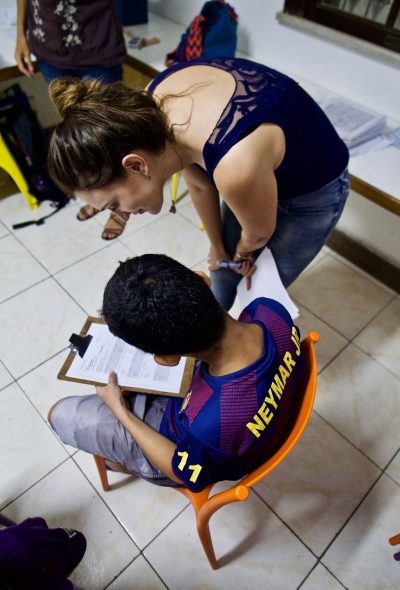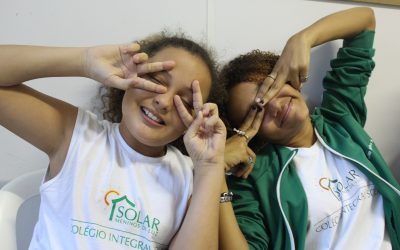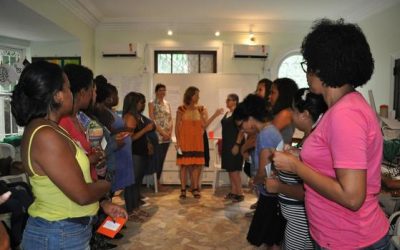Where did we ever get the crazy idea from that in order to make a child do better, first we have to make them feel worse. Children DO better when they FEEL better! (Jane Nelsen)
Nearly all children and teenagers behave challengingly at one point or another. The difficult circumstances in which EduMais’s kids grow up can further aggravate behavioural issues. To help them develop the social and life skills to be successful adults, we employ a classroom management model known as Positive Discipline.
Jane Nelsen developed this model by building on the work of Alfred Adler and Rudolf Dreikurs. She argues that many traditional disciplinary models treat discipline as synonymous with punishment. Positive Discipline, however, looks for more effective ways to develop student behaviour. It encourages them to develop self-control, learn from their mistakes, and ultimately make positive decisions for themselves.
Is Positive Discipline permissive?
While Positive Discipline avoids all punitive punishments, it would be a mistake to think it is permissive. Total permissiveness is not good for child development; they need a framework in which to find themselves.
Therefore, there are still consequences for breaking the rules at EduMais. But rather than punishment, we focus on helping the student to adapt their behaviours to meet classroom expectations. We ask them: what would be a better choice to make in the future? How could you find a way to deal with this problem? Would you like me to help you with that? Etc.
The students are also encouraged to have more investment in classroom rules by creating them at the beginning of the school year. Although directed by the teacher, every child has a space to air their voice and set the expectations for themselves. This way, Positive Discipline helps to create a democratic classroom space in which every child can feel a sense of belonging and significance. When this is the case, their behaviour improves drastically as they feel respected and listened to.




